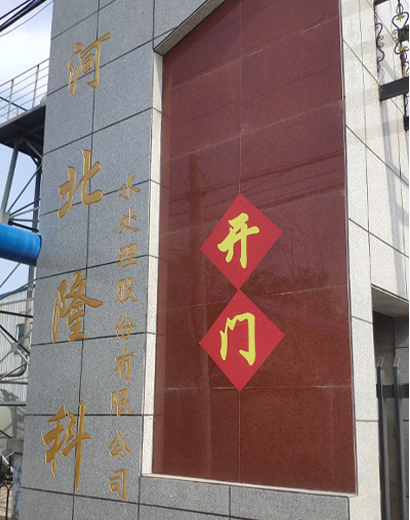Understanding the Distinction between Flocculants and Coagulants in Water Treatment
The Difference Between Flocculants and Coagulants
In the field of water treatment, flocculants and coagulants play vital roles in purifying water by removing suspended particles and impurities
. While these two terms are often used interchangeably, they refer to different processes and substances in the water treatment process.Coagulants are chemicals that are added to water to destabilize and aggregate suspended particles, making them clump together to form larger particles called flocs. This process is known as coagulation. Common coagulants include aluminum sulfate (alum), ferric chloride, and polyaluminum chloride. When introduced into the water, coagulants neutralize the charges on particles, allowing them to bind together. This is typically the first step in the water treatment process, aiming to reduce turbidity and prepare the water for further treatment.
On the other hand, flocculants are substances that facilitate the agglomeration of these larger particles or flocs into a manageable form allowing for easier removal. Flocculation is the process that follows coagulation, involving gentle mixing to promote the growth of floc particles. Flocculants, often synthetic organic polymers like polyacrylamide or natural substances like starch, enhance this agglomeration process. The introduction of flocculants increases the size and weight of these particles, making them easier to separate during sedimentation or filtration.
difference between flocculant and coagulant

The primary difference lies in their function and timing in the water treatment process. Coagulants are responsible for initiating the aggregation of particles, while flocculants improve the aggregation process, resulting in larger floc sizes that can effectively settle out of the water. The choice between using a coagulant or flocculant (or both) depends largely on the specific water quality being treated and the desired clarity of the final product.
Furthermore, the dosages and types of these chemicals can vary significantly based on the characteristics of the water source. For instance, water with high turbidity may require a different approach than water with organic matter, necessitating a tailored application of coagulants and flocculants.
In summary, understanding the distinction between coagulants and flocculants is essential for effective water treatment. Both play complementary roles—coagulants destabilize and aggregate particles, while flocculants promote further aggregation and facilitate easy removal, ensuring the production of clean, safe water.
-
Understanding Polycarboxylic Acids: Properties, Applications, and Future PotentialNewsJul.28,2025
-
Scale Inhibitor Explained: How to Protect Your System from Limescale and Hard Water DamageNewsJul.28,2025
-
Scale and Corrosion Inhibitors: Essential Chemicals for Industrial Water System ProtectionNewsJul.28,2025
-
Polyaspartic Acid: A Biodegradable Polymer for Sustainable ChemistryNewsJul.28,2025
-
Isothiazolinones: A Versatile Antimicrobial Class with Industrial Power and Regulatory ChallengesNewsJul.28,2025
-
A Deep Dive into 2-Phosphonobutane-1,2,4-Tricarboxylic Acid (PBTC)NewsJul.28,2025





